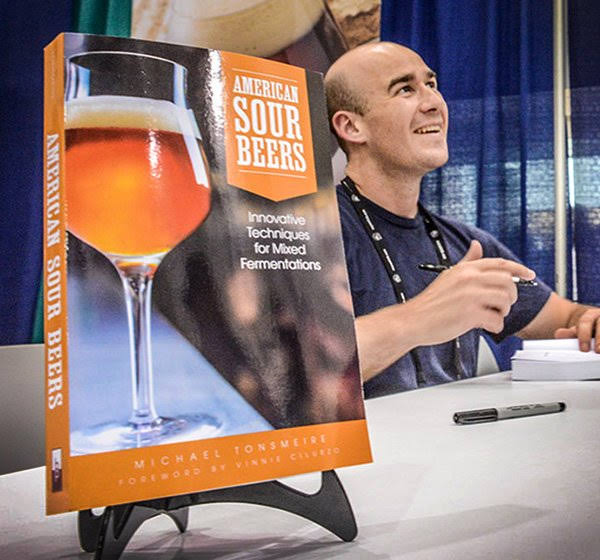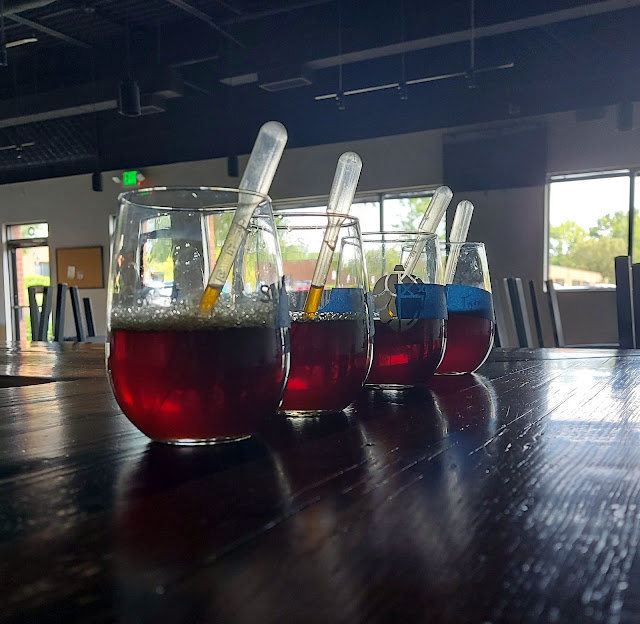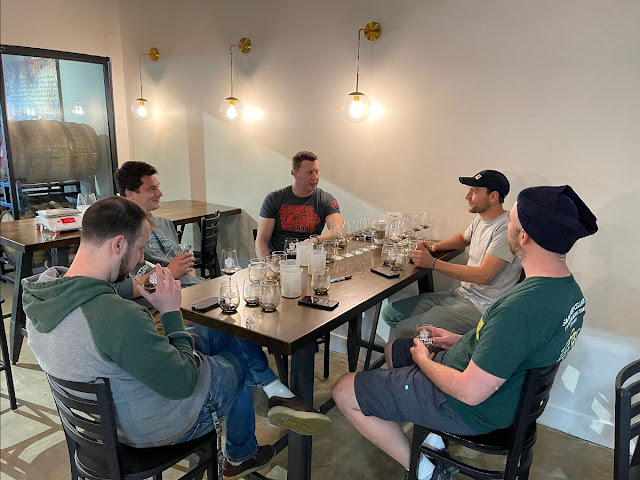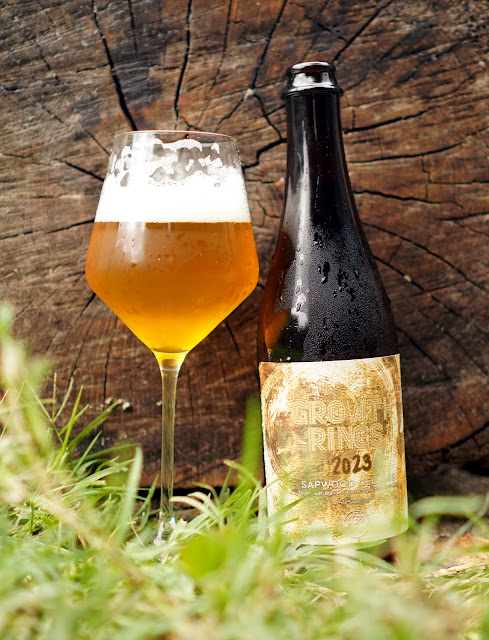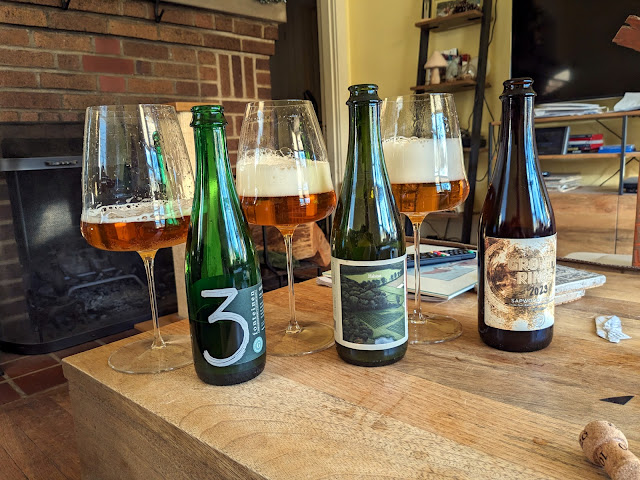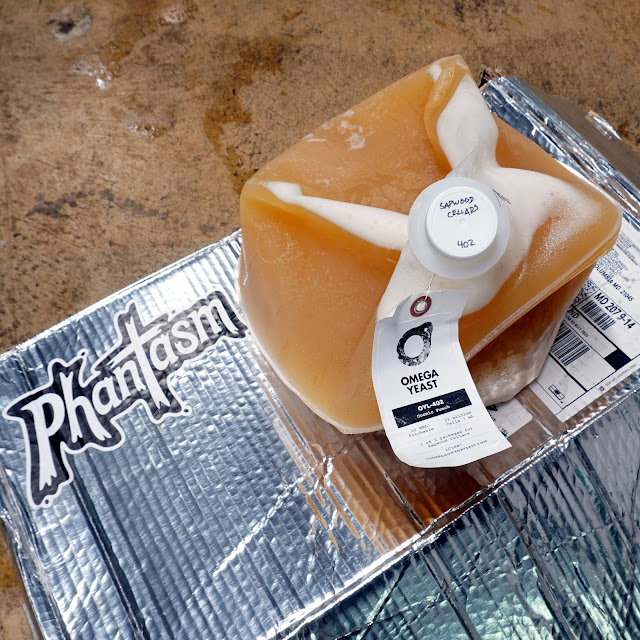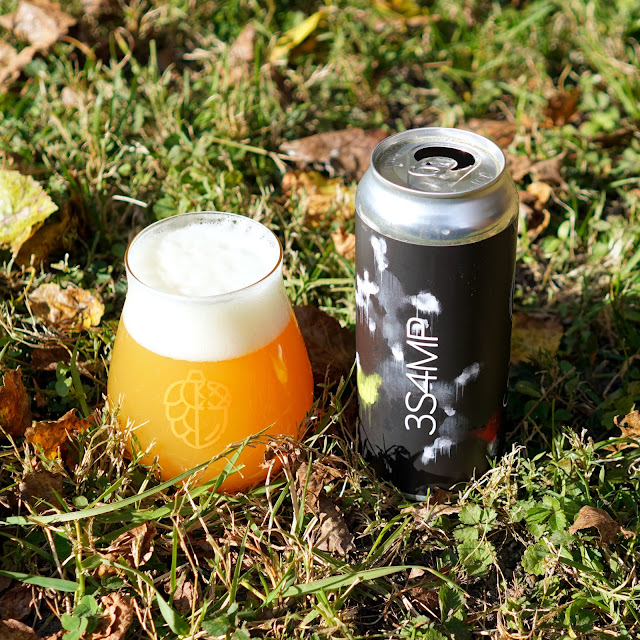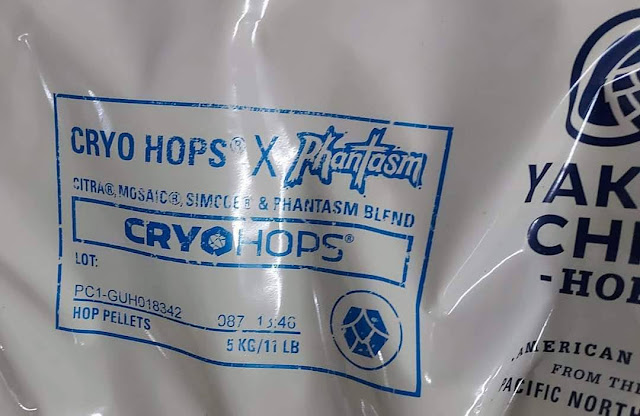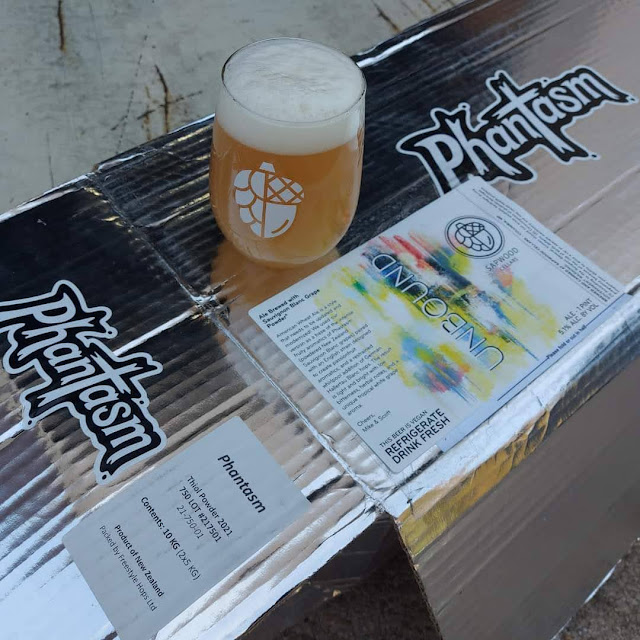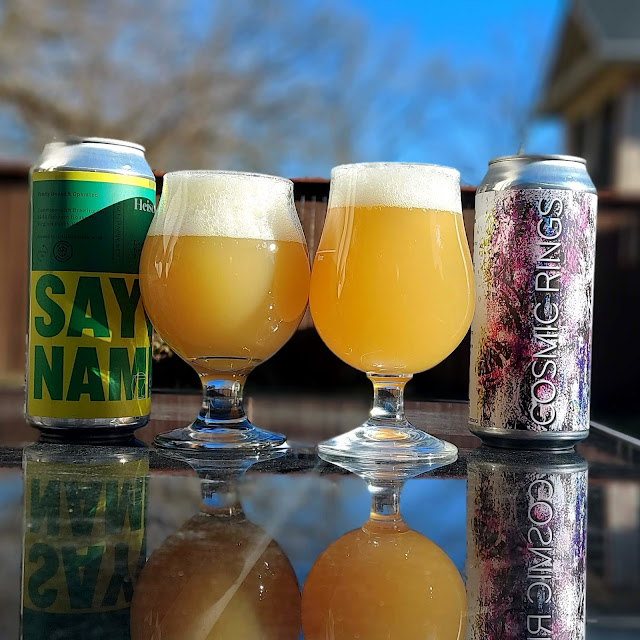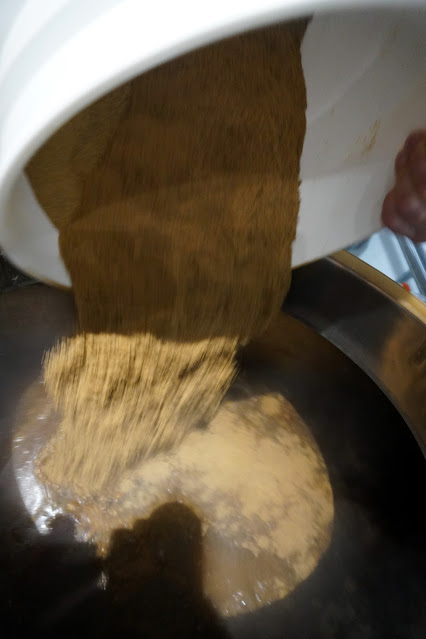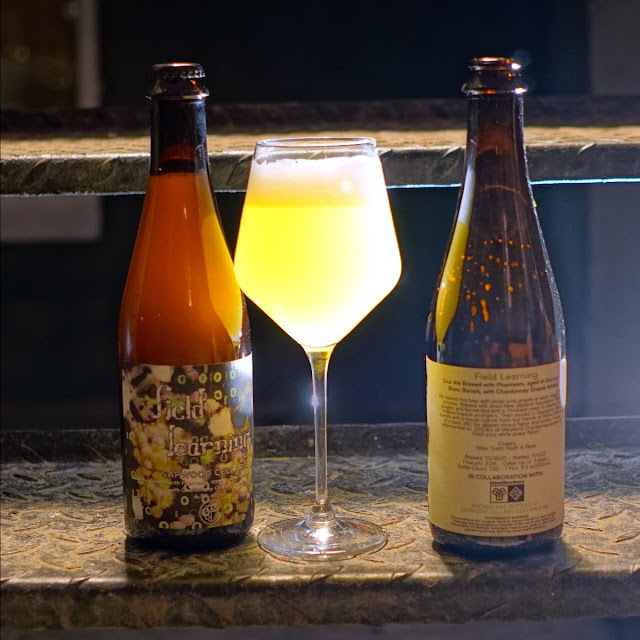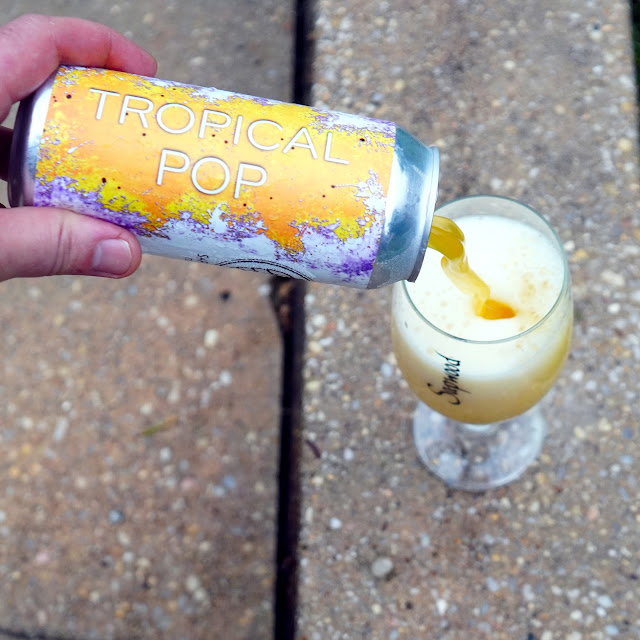 This week I cover the topic of osmotic shock in yeast, and how it can impact the fermentation performance of very high gravity beers, meads, wines, and concentrated seltzers. Osmotic Shock in Yeast Cells I had never heard of the term osmotic shock until I started making very high gravity meads. Some of my large […]
This week I cover the topic of osmotic shock in yeast, and how it can impact the fermentation performance of very high gravity beers, meads, wines, and concentrated seltzers. Osmotic Shock in Yeast Cells I had never heard of the term osmotic shock until I started making very high gravity meads. Some of my large […]  This week I cover the topic of osmotic shock in yeast, and how it can impact the fermentation performance of very high gravity beers, meads, wines, and concentrated seltzers. Osmotic Shock in Yeast Cells I had never heard of the term osmotic shock until I started making very high gravity meads. Some of my large […]
This week I cover the topic of osmotic shock in yeast, and how it can impact the fermentation performance of very high gravity beers, meads, wines, and concentrated seltzers. Osmotic Shock in Yeast Cells I had never heard of the term osmotic shock until I started making very high gravity meads. Some of my large […] 